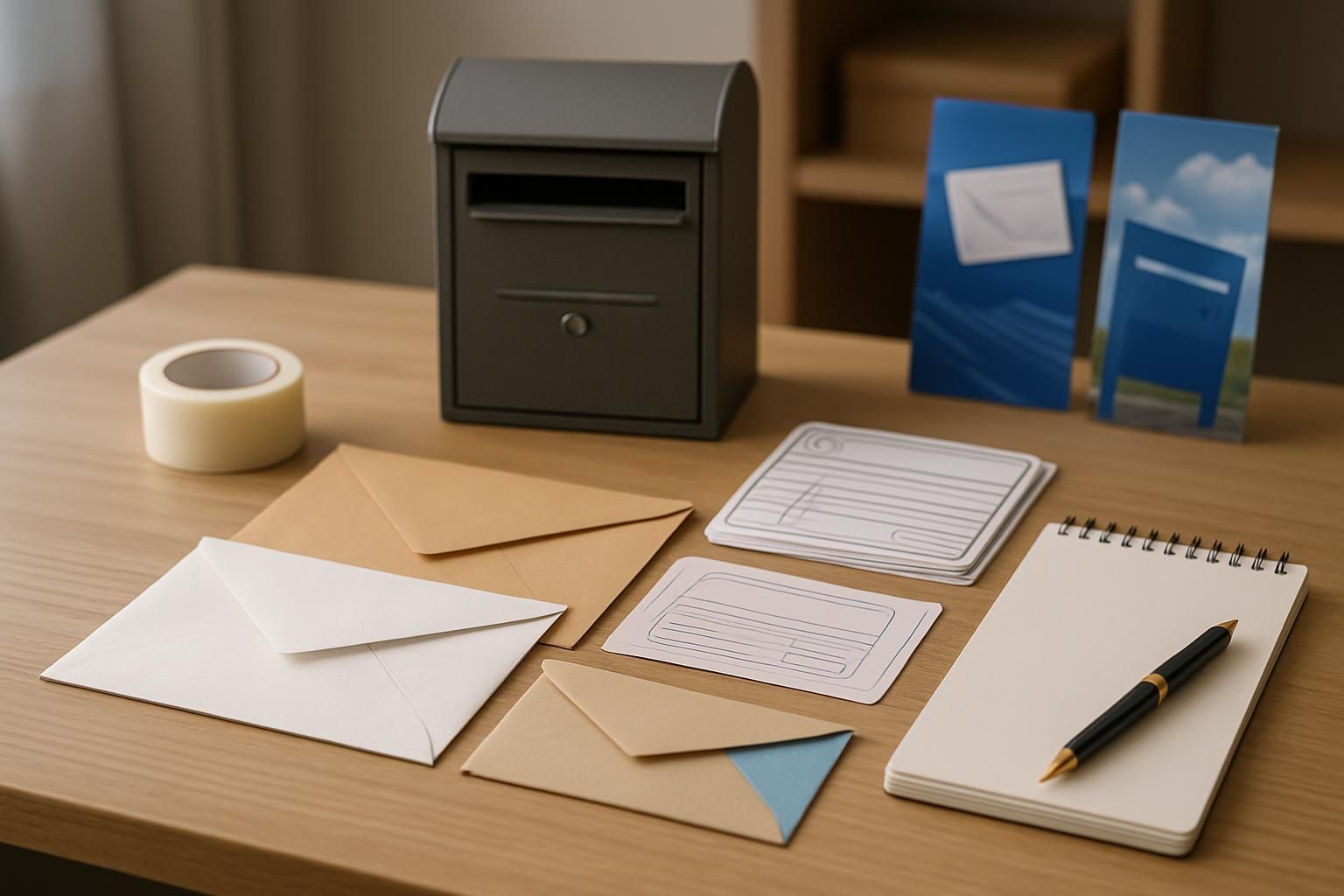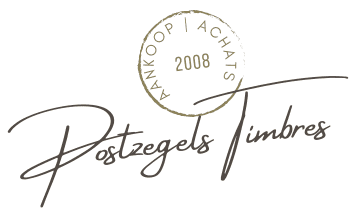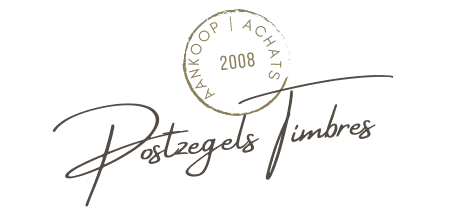Apparanching a letter in Belgium requires a precise understanding of the criteria linked to the format, the weight, as well as to the intended destination. Between authorized dimensions, variable prices depending on the type of sending and choice of stamp , it is essential to control these elements in order to avoid refusal and additional costs. The distinction between standardized and non-normalized letter plays a crucial role in calculating the price of postage, as well as the destination: a shipment to France, Germany, or more distant such as South Africa, Australia or Argentina will require a choice of adapted stamp. Added to this are the possibilities of purchase of stamps in post offices, online or at retailers, important factors for the practicality and validity of the mail.
In Belgium, normal letters respect very specific formats, often used on a daily basis, such as the A4 sheet folded in 3 or 4, integrated into a rectangular envelope of maximum thickness of 5 mm. Beyond that, non-normalized letters adopt another diet which opens the way to thicker shipments or square shapes, but requires higher pricing. The weight remains a determining criterion, with clear bearings: less than 50 g for the classic letter, up to 2 kg in non-normalized, and beyond the use of the package is essential. The BPOST postal service, leader in Belgium, also offers special options such as the registered letter or services with evidence, meeting the most demanding needs.
How to free a letter in Belgium: criteria, dimensions and postal rate
Authorized dimensions and classification of standardized/non-normalized letters 📏
The first step to free up a letter in Belgium is based on strict respect for the dimensions imposed by Bpost. A standardized letter must have:
A minimum size of 90 x 140 mm and maximum of 125 x 235 mm ;
A compulsory rectangular
A maximum thickness of 5 mm , compatible in particular with an A4 sheet folded in 3 or 4.
Beyond that, the non-normalized letter accepts more varied formats:
Can be square or rectangular ;
Maximum dimensions up to 350 x 230 mm ;
Thickness possible up to 30 mm .
In case of exceeding the weight or size limit, the sending is then considered a package. This classification facilitates the management and calculation of postage according to legal standards.
🔎 Type of letter | 📏 Maximum dimensions | ⚖️ Maximum thickness | 🚫 Authorized form |
|---|---|---|---|
Normalized letter | <a i=0>Weight</a> <a i=2>is a key factor in calculating the cost of postage</a> <a i=3>for</a> <a i=4>a postal shipment in Belgium</a> <a i=1>.</a> <a i=4>Here are the main levels to remember:</a> | 5 mm | Rectangular |
Non-normalized letter | 350 x 230 mm | 30 mm | Square or rectangular |
Package | > 350 x 230 mm or> 2 kg | Variable | Variable |
Weight of the letter and calculation of postage according to the type of shipment ⚖️
Weight is a key factor in calculating the cost of postage for a postal shipment in Belgium . Here are the main levels to remember:
Standardized letter: up to 50 g ;
France
Beyond 2 kg, sending becomes a package , with distinct pricing.
For example, a standard priority letter of less than 50 g costs around € 1.20 , while a non-normalized letter to the international can reach a much higher price. The stamps are therefore chosen according to the weight and the type of sending (priority, economical, etc.), as well as the destination, in order to respect the postal deductible.
📦 Shipping type | ⚖️ Maximum weight | 💰 Indicative price (Belgium) | 💰 Indicative price (international) |
|---|---|---|---|
Normalized letter | 50 g | € 1.20 (priority) | € 1.75 (Europe) |
Non-normalized letter | 100 g | 2,05 € | € 2.50 (World) |
Package | > 2 kg | Variable depending on weight | Variable according to destination |
Distinction between Belgian stamps, Europe and World: how to choose for your international shipments 🌍
For shipments , the choice of stamp depends on the destination . In Belgium, three main categories exist:
Belgian stamps : for letters transported only in Belgium; The price is suitable for domestic rates.
Europe stamps : intended for EU countries and certain European countries such as Germany, France, the Netherlands, the United Kingdom, or Andorra.
WORLD stamps : for destinations outside Europe, including countries like South Africa, Australia, Argentina, or even China.
These categories have a direct impact on prices , Europe stamps being generally less expensive than World. It is imperative to check the current price before purchase, available in particular on this specialized source .
Where to buy your stamps in Belgium? Practical options, advantages and validity 📮
To get your stamps in Belgium, several practical solutions are available:
Post offices : accessible, with personalized advice and physical sale of classic and special stamps;
ATMs : available 24/7 in certain stations or public places, practical for rapid purchase;
Online platforms : official sites or digital services allowing you to buy and sometimes directly print postage, very useful for regular shipments;
Specialized shops : for collectors attracted by rare or double value stamps (value 2), combining practicality and collection .
A major advantage is the permanent validity of Belgian stamps, even after modification of the prices: a stamp purchased before an increase therefore remains usable without additional cost. To find out more, the Photo-philatelie.be details these essential points.
Belgian postal rates: priority, economic, non-normalized and parcel letters with examples 💸
rates available in two categories for letters:
Priority letter : ensuring a quick routing (generally within 1-2 days), the price for a letter of 50 g is around € 1.20 in Belgium;
Economy letter : ideal for less urgent shipments, offered at a lower price, but with a longer time (often 2 to 5 days).
The weight and size influences pricing: a non-normalized letter or exceeding the standard dimensions will see a supplement, as is the choice of the service (recommended, monitoring). For example, a non-normalized letter of 100 g can cost around € 2.05. The packages follow a specific grid based on weight and destination.
📮 Shipping type | ⚖️ Weight | ⏳ Average time | 💶 Indicative rate |
|---|---|---|---|
Priority letter | ≤ 50 g | 1-2 days | 1,20 € |
Economic letter | ≤ 50 g | 2-5 days | 0,91 € |
Non-normalized letter | 50-100 g | 1-3 days | 2,05 € |
National parcel | > 2 kg | Variable | From € 5 to more |
Understand and use special services: registered letter, follow -up or insurance 🔍
To secure your important shipments, several additional services are available:
Registered letter : with proof of deposit and follow -up, ideal for official or legal documents;
Mail monitoring : allows you to follow online the route of the letter, accessible via the Bpost site;
Insurance : In the event of high content value, insurance may be added, guaranteeing a refund in the event of loss.
These special services require adapted additional postage, to consult on sites like Bpost FAQ . These options provide an additional guarantee, particularly appreciated when sending to sensitive destinations.
Practical guide to freed and send a letter to Belgium: procedures, advice and alternatives 🚀
Essential steps to freed and post a letter: complete step by step 📬 procedure
To properly free your letter in Belgium, here is the recommended procedure:
1. Check the weight and dimensions : use a balance and measure the envelope to confirm that it corresponds to the standards;
2. Choose the right stamp : adapted to the type of shipment (priority, economical) and the destination;
3. Paste the stamp solidly on the envelope, at the top right;
4. Write the full and readable address , placing the number after the street name, followed by the municipality, postal code, and country for international shipment;
5. Place the letter in a Bpost mailbox or at the post office counter.
For more details, the Photté-philatelie.be offers a complete guide.
Tips to optimize sending: choice of envelope, postal service and writing of the address 📝
Optimize the sending of letters or mail goes through some good practices:

Use an envelope adapted to the size of the content to avoid additional cost linked to the dimensions, in particular to avoid superfluous folds;
Choose the type of postal service according to the urgency: favor the priority for a quick or economical period for a controlled cost;
Take care of the address by respecting the Belgian standard (street name + number); avoid questionable abbreviations;
Keep proof of sending, especially for important documents;
Consider insurance or service followed if necessary.
Digital postage, direct printing: how to save time for your regular shipments ⏱️
For those who regularly send letters, postage appears to be an effective solution. It allows:
Buy and print stamps via online platforms;
To personalize the postage depending on the weight, destination, and type of shipment;
Generate sticking labels or scannable barcodes;
To manage mass shipments, a saving of precious time for professionals.
This method is among the options highlighted by Bpost and various philatelic services, detailed in particular on Philatelie.be stamp .
Comparison of postal operators and messaging in Belgium: personalized alternatives 🚚
In addition to Bpost, several private players offer various options in Belgium for sending letters and packages:
Express services with monitoring and higher insurance, for urgent and bulky shipments;
Competitive price for shipments to certain countries such as Luxembourg, Poland, or Switzerland;
Flexible home collection options or relay points deposit.
Comparing the offers allows you to choose the operator adapted to personal or professional needs, especially for destinations such as Argentina, Saudi Arabia, Angola, or even Azores.
Frequent questions about Belgian postage: priority or economic, validity of foreign stamps, procedure in the event of loss ❓
What difference between priority and economic letter? The main distinction is the delivery time, the priority being faster at a higher cost.
Are foreign stamps valid in Belgium? No, only Belgian stamps or recognized digital postage are accepted.
What if a letter is lost? Keep the shipping receipt and contact the postal operator for complaint.
How to freed a registered letter for sending abroad? Follow a specific procedure indicated on this specialized site .
Concrete examples of emancipation in Belgium and abroad: Calculation of prices, standard formats, addresses 📊
Some practical cases illustrate the diversity of situations encountered:
A letter of 30 g sent from Belgium to France requires a Europe of around € 1.75 ;
A 120 g document to Australia requires a World of around € 3.25;
A rectangular envelope of 125 x 230 mm folding an A4 sheet folded in three priority version in Belgium costs € 1.20 in stamps;
The sending address must comply with this format: rue de l'Eglise 12, 1000 Brussels, Belgium .
📍 Destination | ⚖️ Weight | 🚀 Shipping type | 💶 estimated price | ✉️ Timber required |
|---|---|---|---|---|
Belgium | 45 g | Priority | 1,20 € | Belgium |
France | 30 g | Priority | 1,75 € | Europe |
Australia | 120 g | Standard | 3,25 € | World |
Germany | 80 g | Economic | 2,50 € | Europe |
FAQ - Free your letter in Belgium
What are the formats authorized for a standardized letter?
The dimensions must be between 90 × 140 mm and 125 × 235 mm, rectangular shape and maximum thickness of 5 mm.How to choose the right stamp for an international letter?
We must distinguish Europe stamps for countries like France, Germany, Netherlands, United Kingdom; And the WORLD stamps for distant destinations like South Africa or Argentina.Can we use a stamp bought before an increase in prices?
Yes, the stamps remain valid even after a price change in Belgium.What precautions take in the event of significant shipment?
Opt for a recommended postage with follow -up and keep the receipt.What if you don't have a scale to weigh your letter?
Go to the post office to weigh and free up on site, or invest in a light domestic balance.





